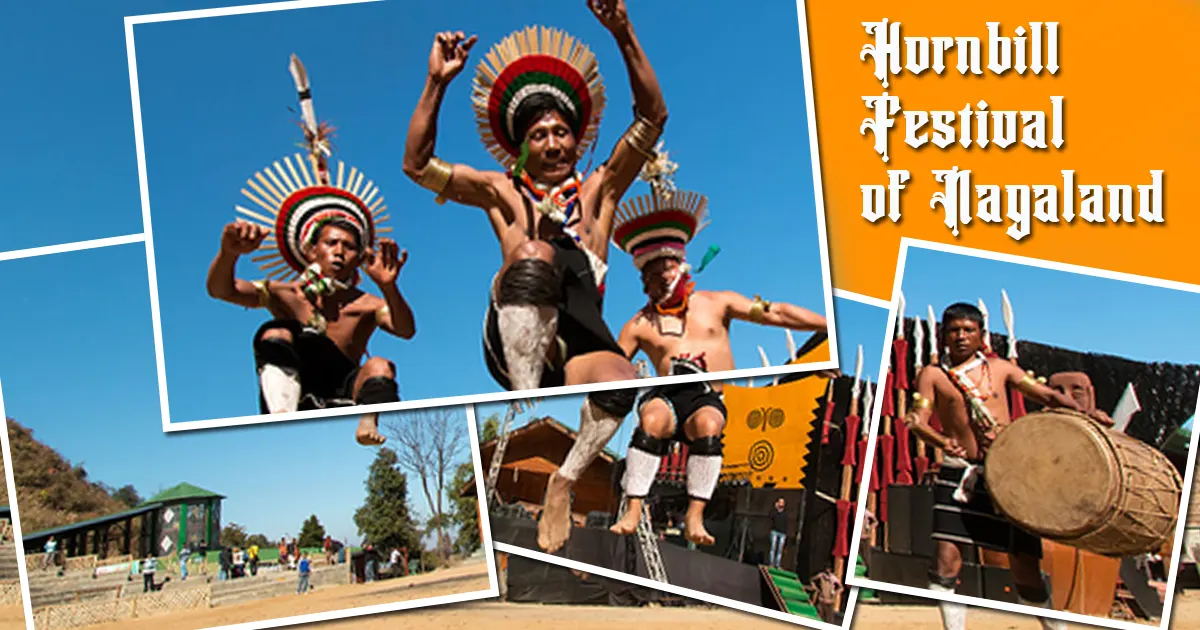
Context (IE):
The Hornbill Festival, often referred to as the “Festival of Festivals,” began in the Naga heritage village of Kisama, bringing together the vibrant culture of Nagaland.
Overview of the Hornbill Festival
- Celebration Period: Annually from December 1st to 10th.
- Location: Kisama Heritage Village, 12 km from Kohima, the state capital.
- Named After: The revered Hornbill bird, a symbol of bravery and valour in Naga folklore.
- The festival showcases the rich culture, traditions, and customs of Nagaland’s various tribes.
Key Attractions
- Traditional Performances:
- Tribal dances, folk songs, and war dances representing different Naga tribes.
- Handicrafts and Art Exhibitions:
- Traditional crafts, textiles, and artefacts on display.
- Unique products like Chakshesang Shawls and other GI-tagged items are showcased.
- Culinary Delights:
- Indigenous Naga cuisine, including dishes made with Naga Mircha (King Chilli) and Naga cucumber.
- Adventure Activities:
- Trekking, motor rallies, and archery competitions are held, highlighting the region’s adventure spirit.
- Hornbill International Rock Festival:
- A highlight of the festival, attracting rock bands from across India and abroad.
Cultural Significance
- Promotes the unity of the 16 major tribes of Nagaland while preserving their unique identities.
- It fosters cultural exchange, bringing together locals and tourists from across the world.
Nagaland: A Quick Overview
- Statehood: Became the 16th state of India on 1st December 1963.
- Capital: Kohima
- Official Language: English
Borders:
- Assam (West)
- Arunachal Pradesh (North)
- Manipur (South)
- Myanmar (East)
Major Tribes:
- Angami, Ao, Chakhesang, Chang, Konyak, Lotha, Phom, Pochury, Rengma, Sangtam, Sumi, Yimkhiung, Zeme-Liangmai (Zeliang), Khiamniungan, Kuki, Kachari.
Important Rivers:
- Doyang River (Tributary of the Brahmaputra), essential for agriculture and water supply.
Biodiversity:
- Part of the Indo-Burma biodiversity hotspot with dense forests and rich wildlife.
- The Dzukou Valley, often called the “Valley of Flowers”, is known for its stunning natural beauty.
GI Tags of Nagaland:
- Naga Mircha (King Chilli)
- Naga Tree Tomato
- Chakshesang Shawl
- Naga Cucumber
State Symbols of Nagaland
- State Bird: Blyth’s Tragopan
- State Animal: Mithun (Gayal)
- State Tree: Alder (Alnus nepalensis)
- State Flower: Rhododendron




